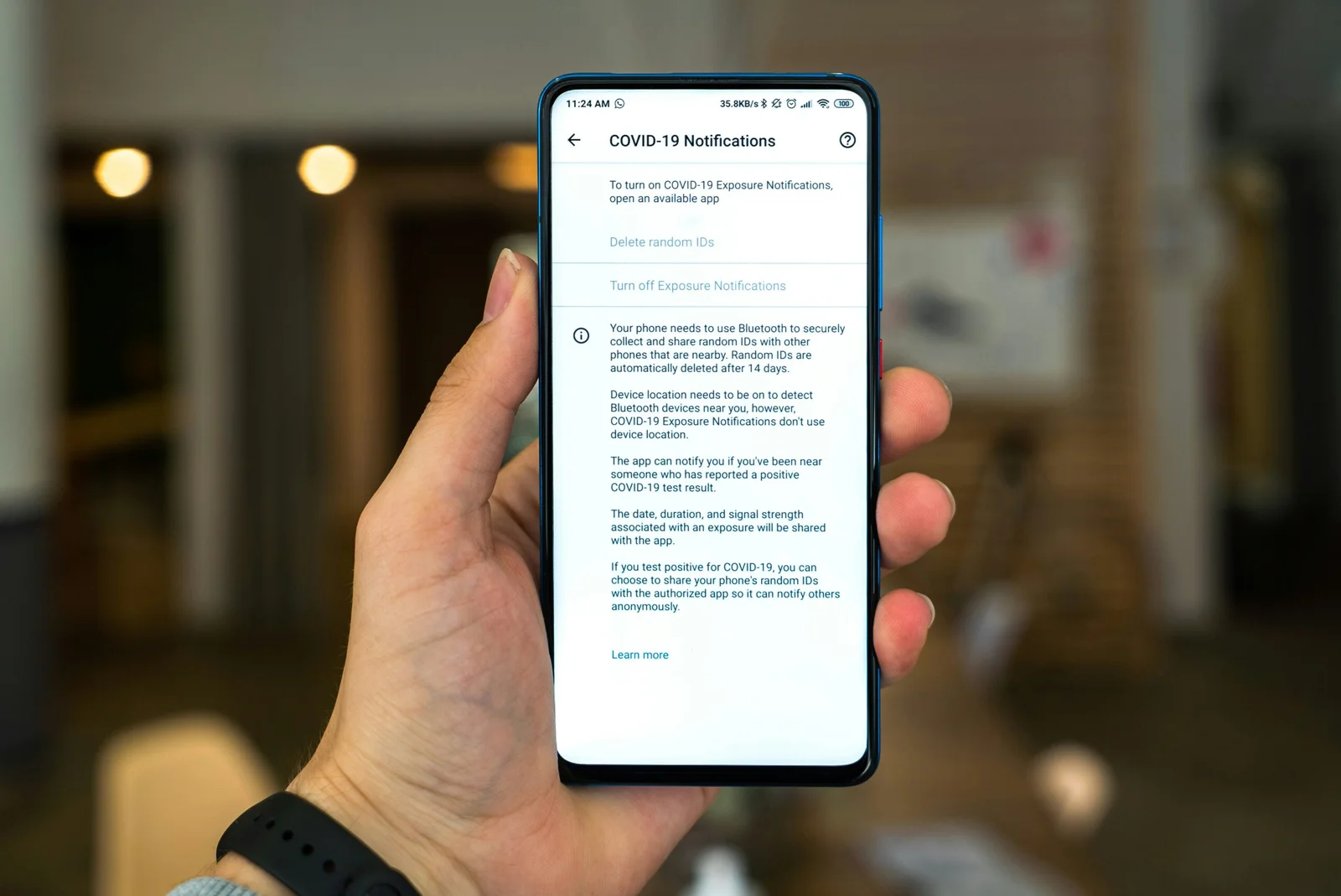Hydrocodone, an opioid medication frequently prescribed for the treatment of moderate to severe pain, is a critical component of pain management regimens for many individuals. It is effective in alleviating discomfort but also carries a risk of dependency and misuse. As the use of hydrocodone increases, so does the concern about its presence in drug screenings, especially among individuals who may have to undergo testing for employment or legal reasons. One common question that arises is: how long does hydrocodone stay in urine?
For those who have taken hydrocodone, the anxiety associated with passing a drug test can be significant. Understanding the factors that influence the detectability of this substance in urine is crucial for individuals who are subject to such evaluations. It is not uncommon for users to wonder not only how long hydrocodone remains in their system but also the various variables that can affect this duration.
This article aims to provide a comprehensive overview of the timeframe during which hydrocodone can be identified in urine and the different elements that can alter this timeframe. Factors such as dosage, frequency of use, individual metabolism, and overall health will be discussed in detail, offering valuable insight into this topic. By the end of this article, readers will have a clearer understanding of the pharmacokinetics of hydrocodone and the implications for urine drug testing, ensuring they are well-informed about this important aspect of opioid use.
What is Hydrocodone?
Hydrocodone is a semisynthetic opioid analgesic primarily utilized in the treatment of moderate to severe pain. It is often prescribed for individuals recovering from surgery or managing chronic pain conditions. This medication possesses both analgesic and antitussive properties, making it not only effective for pain relief but also for suppressing coughs. Due to its potency, hydrocodone is classified under the Controlled Substances Act, necessitating careful prescription and monitoring by healthcare professionals.
Often, hydrocodone is combined with other medications, most notably acetaminophen. A well-known example of such a combination is the brand name Vicodin. This particular formulation enhances the pain-relieving effects while allowing for lower dosages of each component, thereby minimizing potential side effects. The synergistic interaction between hydrocodone and acetaminophen provides effective management of pain while reducing the risk of abuse and dependency compared to taking hydrocodone alone.
Understanding the pharmacokinetics of hydrocodone is crucial in determining how long it remains in the system and is excreted through urine. Upon administration, hydrocodone is absorbed through the gastrointestinal tract and converted into its active form primarily in the liver. The metabolic process involves various enzymes, predominantly the cytochrome P450 system, which further breaks down hydrocodone into its active metabolites. These metabolites are subsequently eliminated from the body through the kidneys, where they are filtered from the blood and excreted in urine.
Due to individual variations in metabolism, factors such as age, liver function, and the presence of underlying health conditions can influence how long hydrocodone stays active in the body. As a result, understanding these metabolic processes and the role of both the liver and kidneys is essential for effective pain management and ensuring patient safety.
Factors That Affect How Long Hydrocodone Stays in Urine
Multiple factors can influence the duration that hydrocodone remains detectable in urine. One of the most significant contributors is an individual’s metabolism and body chemistry. Each person metabolizes drugs differently, and this variation can ultimately affect the clearance rate of hydrocodone from the system. Factors such as age, weight, and overall health play crucial roles in determining metabolic efficiency. For instance, older adults may have a slower metabolism compared to younger individuals, which can lead to prolonged drug presence in the body.
Alongside metabolism, the dosage and frequency of hydrocodone use considerably impact how long it stays detectable in urine. Higher doses and frequent consumption lead to accumulation in the body’s system, potentially extending the detection window. Conversely, occasional or lower doses are generally associated with shorter detection periods. Importantly, the function of the liver and kidneys cannot be overlooked, as these organs are responsible for metabolizing and excreting drugs. Any impairment in their function can hinder this process significantly, causing hydrocodone to remain longer in the urine.
Other crucial aspects include hydration levels and urine output. Individuals who are well-hydrated may exhibit increased urine production, which can dilute the concentration of hydrocodone, potentially shortening the detection time. Conversely, dehydration may lead to less urine output and higher concentrations of the drug. Additionally, the type of drug test being administered also affects detection time. Standard urine tests can typically identify hydrocodone for up to three to four days after the last use, while more advanced testing methods may extend this duration. Understanding these factors can provide important insights into the variability in drug detection among individuals.
Detection Time for Hydrocodone in Urine
Hydrocodone, an opioid analgesic, is commonly prescribed for pain relief. When considering drug testing, an important question arises: how long does hydrocodone stay in urine? The general detection window for hydrocodone in urine is typically between 2 to 4 days following the last usage. However, this timeframe can vary significantly based on various factors.
One of the primary influences on detection time is the individual’s metabolism. Metabolism varies from person to person due to factors such as age, weight, overall health, and genetic predisposition. For some individuals with faster metabolic rates, hydrocodone may be processed and eliminated from the body more quickly, potentially shortening the detection window. Conversely, those with slower metabolism may retain the substance for a longer duration.
The dosage of hydrocodone taken also plays a crucial role in its detection in urine. Higher dosages can lead to longer presence in the system. For instance, someone consuming hydrocodone at prescribed levels versus someone misusing higher quantities may see a marked difference in how long the substance remains detectable. Additionally, the frequency of use significantly impacts detection time; regular users of hydrocodone may experience extended detection windows. Chronic users can accumulate the drug in their system, resulting in prolonged visibility during urine testing.
Another factor to consider is hydration. The amount of fluids consumed can dilute urine, possibly affecting the concentration of the drug. However, it should be noted that excessive dilution may raise suspicions during drug tests. Finally, the type of urine test employed can alter detection times. While standard drug screens have a general detection window of 2 to 4 days, more sensitive tests may yield different results, highlighting the significance of understanding all underlying factors when assessing how long hydrocodone remains detectable in urine.
How Urine Drug Tests Detect Hydrocodone
Urine drug testing is a common method employed to detect the presence of substances such as hydrocodone, an opioid analgesic frequently prescribed for pain management. The primary types of urine drug tests include immunoassays and confirmatory tests. Immunoassays are often utilized as the initial screening tool due to their rapid results and cost-effectiveness. These tests utilize antibodies to detect specific drugs and their metabolites, providing preliminary results regarding the presence of hydrocodone in urine samples.
However, immunoassays may not differentiate between various substances effectively and can yield false positives. Consequently, when a positive result arises from an initial immunoassay, a confirmatory test is typically administered to ensure accuracy. Gas chromatography-mass spectrometry (GC-MS) is a highly sensitive and specific method used for this purpose. It separates and identifies compounds in a sample, enabling the precise detection of hydrocodone and its metabolites, such as norhydrocodone.
The significance of test sensitivity cannot be overstated, as it determines the ability of the test to accurately identify the presence of hydrocodone. Standard cutoff levels for urine tests are established to minimize confusion over incidental detections. For hydrocodone, the cutoff concentration is generally set at 300 ng/mL, which helps distinguish between therapeutic use and potential abuse. Understanding these cutoff levels is crucial for individuals who are subject to drug testing, particularly in contexts such as employment or legal requirements. The interplay of these testing methods and their respective sensitivities ultimately plays a vital role in the accurate assessment of hydrocodone use in individuals.
What Happens if Hydrocodone Is Detected in Urine?
Detecting hydrocodone in urine can have several significant implications depending on the context in which the drug test is conducted. For individuals subject to workplace drug testing, a positive result for hydrocodone often indicates a violation of company drug policies, potentially leading to disciplinary actions, suspension, or even termination of employment. Many employers enforce strict regulations regarding drug use, emphasizing the need for a safe and productive workplace. In such cases, proving a valid prescription may mitigate repercussions, reinforcing the importance of clear communication between employees and management regarding medications taken.
Legal scenarios present another layer of complexity. In cases where individuals are involved in legal proceedings, such as custody battles or charges related to drug use, a positive urine test for hydrocodone may be used as evidence against them. Consequently, individuals may face scrutiny regarding their substance use and its implications on their legal standing. Demonstrating that the use of hydrocodone is authorized by a healthcare provider can be crucial; hence, maintaining proper documentation is vital.
In the medical field, the detection of hydrocodone in urine tests is generally interpreted within the context of patient care. Healthcare providers may use such results to evaluate a patient’s adherence to prescribed treatment plans. A positive test may lead to discussions about dosage, potential misuse, or the need for further monitoring. It is essential for patients to be forthright with their healthcare professionals about all medications they are taking, including over-the-counter drugs and supplements, to ensure comprehensive medical care.
In essence, the consequences of hydrocodone detection in urine vary significantly, emphasizing the necessity of having a legitimate prescription and proper communication in all relevant scenarios.
How to Speed Up the Elimination of Hydrocodone from Your System (Safely)
Speeding up the elimination of hydrocodone from the body can be an important consideration for individuals who have taken the medication and may be subject to drug testing, or those simply looking to expedite their recovery from its effects. However, it is crucial to approach this process safely and effectively, without resorting to harmful detox products or unproven methods. One of the most effective ways to aid in the elimination process is by staying well-hydrated. Drinking plenty of water helps to dilute the urine and can facilitate quicker excretion of hydrocodone and its metabolites. Proper hydration supports the kidneys, which are responsible for filtering waste products from the bloodstream.
Engaging in light exercise can also contribute positively to the elimination of hydrocodone. Physical activity stimulates metabolic processes and can enhance blood circulation, which may assist in the timely processing of substances in the liver and kidneys. While intense workouts are not advisable during recovery from medication, practitioners may benefit from moderate activities such as walking or gentle stretching to support overall health and well-being. Furthermore, maintaining healthy liver and kidney function is paramount for the effective elimination of hydrocodone. A balanced diet rich in fruits, vegetables, lean proteins, and whole grains can optimize the functioning of these organs, allowing them to work more efficiently in filtering out pharmaceuticals.
However, individuals should exercise caution against using various detox products or unproven methods advertised to accelerate the elimination of hydrocodone. Many of these products lack scientific backing and may pose risks to health without delivering any significant benefits. Thus, it is advisable to adopt natural, safe methods such as hydration, light exercise, and a nutritious diet. Such practices not only promote the elimination of hydrocodone but also fortify overall health during the recovery phase.
FAQs
Understanding the implications of hydrocodone use and its detection through urine drug tests is essential for individuals who may be prescribed this medication or are concerned about its effects. One common inquiry centers around how long hydrocodone stays in the urine following consumption. Typically, hydrocodone can be detected in urine for approximately 2 to 4 days after the last dose. Various factors can influence this duration, including the individual’s metabolic rate, hydration levels, and frequency of use.
Another frequently asked question is whether hydrocodone can be detected in a urine test after a single use. Yes, even after a one-time use, traces of hydrocodone may be identified during a drug screening, particularly if conducted within a few days post-ingestion. Those who use hydrocodone for therapeutic purposes should consult with healthcare providers to understand the nuances of monitoring and detection.
Exercise is often considered in discussions about drug metabolism. While physical activity can accelerate metabolism generally, it is essential to note that it does not significantly hasten the elimination of hydrocodone from the system. Consequently, individuals may not be able to rely on exercise as a method to clear hydrocodone more quickly prior to testing.
Furthermore, some individuals may worry about the repercussions of testing positive for hydrocodone despite having no prescription. Such scenarios can have serious implications, including legal consequences and employment challenges, reinforcing the importance of transparency with employers and drug testing protocols.
Lastly, individuals seeking ways to flush hydrocodone from their systems may look into various detox methods. These could include increasing water intake and maintaining a balanced diet, but it is crucial to approach this with caution, as no method guarantees immediate elimination of hydrocodone from urine.
Conclusion
In this discussion, we have explored the various aspects that influence how long hydrocodone remains detectable in urine. Typically, hydrocodone can be identified in urine samples for 1 to 3 days after use. However, this detection window may vary depending on several factors, including dosage, individual metabolism, frequency of use, and overall health. For instance, those who use hydrocodone regularly may find that it stays in their system for longer compared to individuals who take it occasionally.
Moreover, hydration levels, body mass, and even diet can play significant roles in the metabolism and excretion of hydrocodone. It is crucial for users to understand that while this opioid is effective for pain relief, it also carries a risk of dependence and misuse. The cocktail of individual biology and external factors makes predicting the exact duration of hydrocodone’s presence in the body somewhat complex.
Given these complexities, responsible usage of hydrocodone is paramount. Individuals are encouraged to adhere strictly to medical guidance when taking this medication. Misuse of hydrocodone not only heightens the risk of addiction but can lead to severe health complications. Therefore, it is essential to remain vigilant about prescribed dosages and consult healthcare providers with any concerns or questions regarding use.
Overall, understanding how long hydrocodone remains in urine, alongside its associated risks, allows for informed decision-making regarding its use. By following prescribed guidelines and remaining aware of its potential effects, patients can greatly mitigate risks while effectively managing pain.


